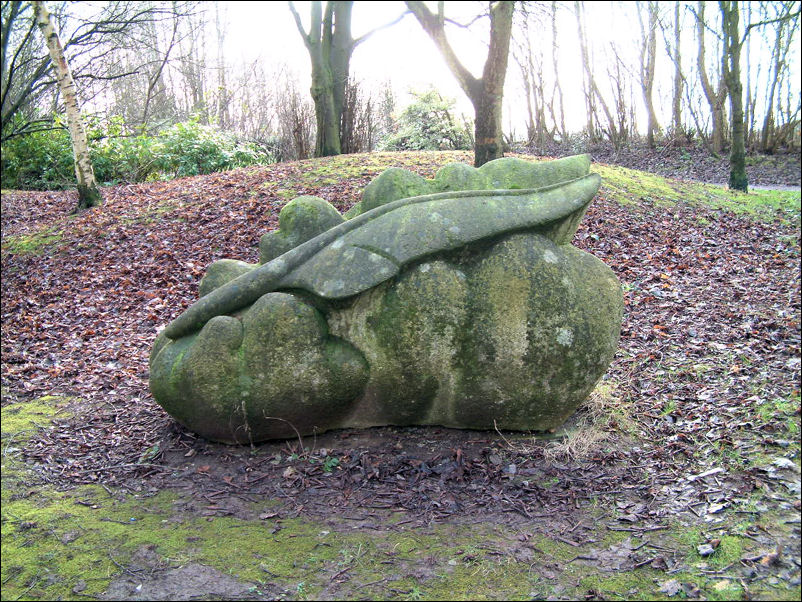The sculptor Keir Smith, who has died at the age of 57 from cancer, was an artist of distinction and unusual vision. He dedicated his life to his art, looking at and writing about the arts of the past which nourished his contemporary practice as much as his interest and respect for the art that was going on around him. He was also a sensitive and dedicated teacher.
Named after James Keir Hardie, the first socialist Member of Parliament, Keir was born in Gravesend, Kent. His father was a member of the Labour party, and a local councillor, working at the docks in Tilbury. His parents believed strongly in education, and encouraged their four children to achieve. Keir was educated at Collier Road secondary school, and at Northfleet and Gravesend grammar school. He studied fine art at the University of Newcastle upon Tyne, where his mentor was the painter Ian Stephenson, whom Keir followed to Chelsea School of Art. It was at Chelsea that he moved from painting to working in three dimensions.
Art and architecture of the past, archaeology, mythology and landscape informed his early work. He dallied for a while with performance art, through slide shows in which he documented himself performing in the landscape, using objects that he had made and then articulated in different ways. These were shown in London at the Air gallery in 1977 and at the Acme gallery in 1980, and were his first solo exhibitions after leaving university.
His work in the public realm developed with early commissions for Grizedale Forest, Cumbria, where he was twice artist in residence (1979-80 and 1981-82). In fact, Keir was often chosen for outdoor sculpture projects during their formative years - Grizedale and Yorkshire sculpture park in the early 1980s, the Forest of Dean sculpture trail in 1986, and later, Sculpture at Goodwood, West Sussex, now the Cass Sculpture Foundation in 1997 are important examples.
Keir's vision was entirely contemporary. His stone carvings and woodcarvings were spare and direct, with clean line and pure surface. Bronzes were first modelled, then cast, either at Wimbledon College of Art, where he taught, from 1991 until his death, or at his studio in Butley Mills, near Orford in Suffolk. Both were small-scale foundries, but Keir made his pieces in sections, which were then bolted or welded together to gain a larger presence.
The sculptural frieze for Henrietta House, Richmond, London, sited at Henrietta Place, was Keir's most ambitious commission, completed in 1992. Working through the Public Art Development Trust, he designed the frieze on the theme of the history of buildings, from the cave to the tower of One Canada Square, Canary Wharf, London. These frontal sculptures were carved in deep relief, much bolder and more three-dimensional than the shallow carving that bas-relief allows. He employed geometric form and references to elements of his favourite buildings, whether significant or utilitarian.

